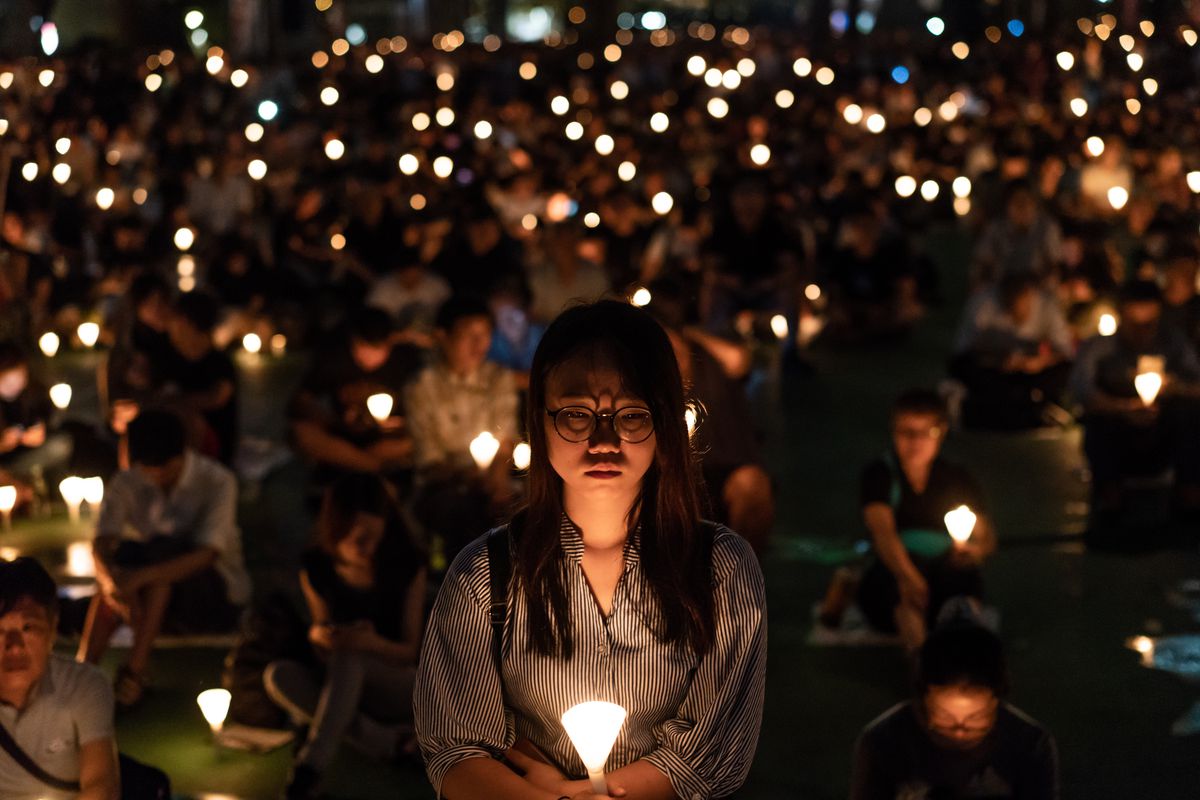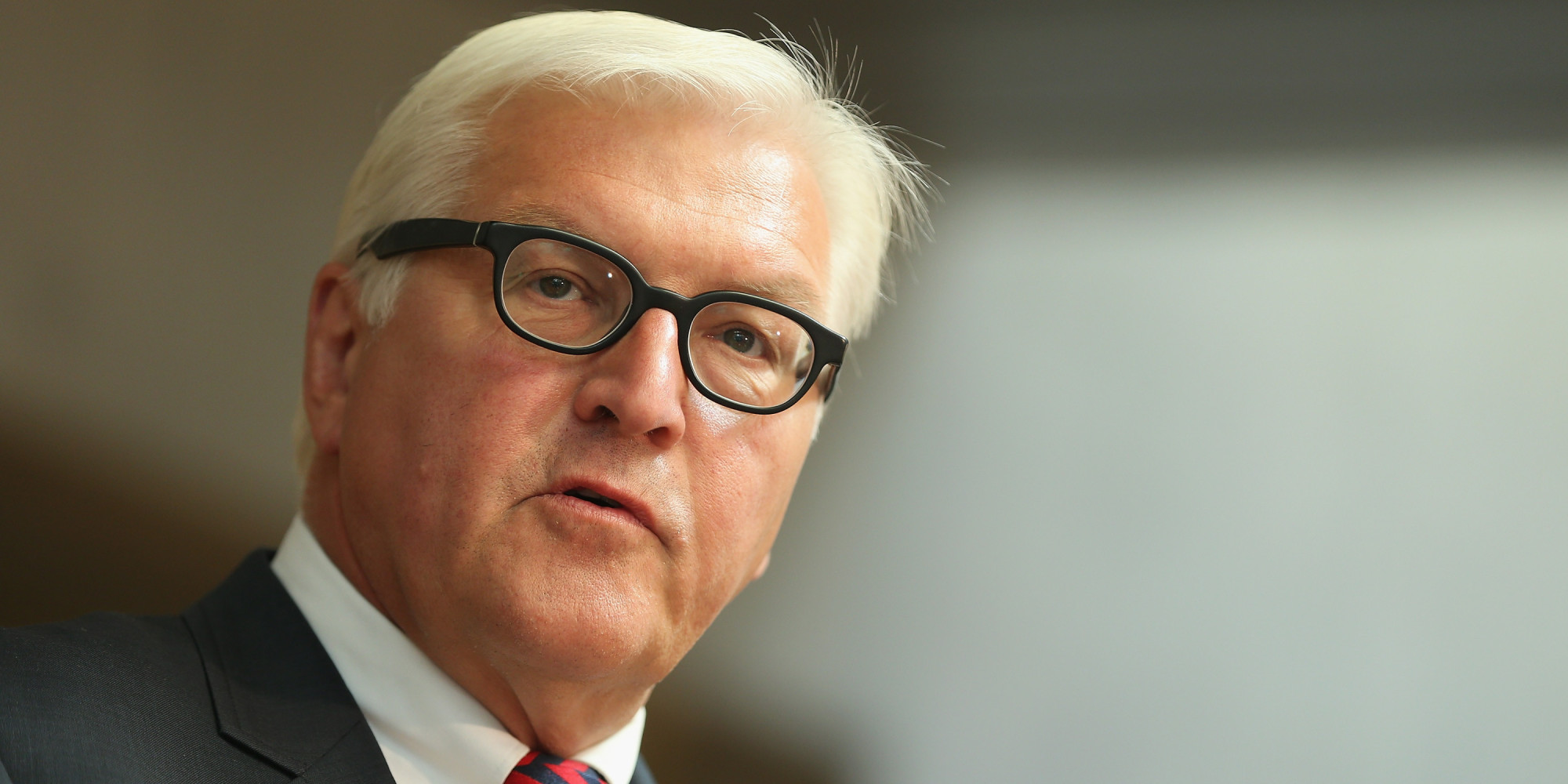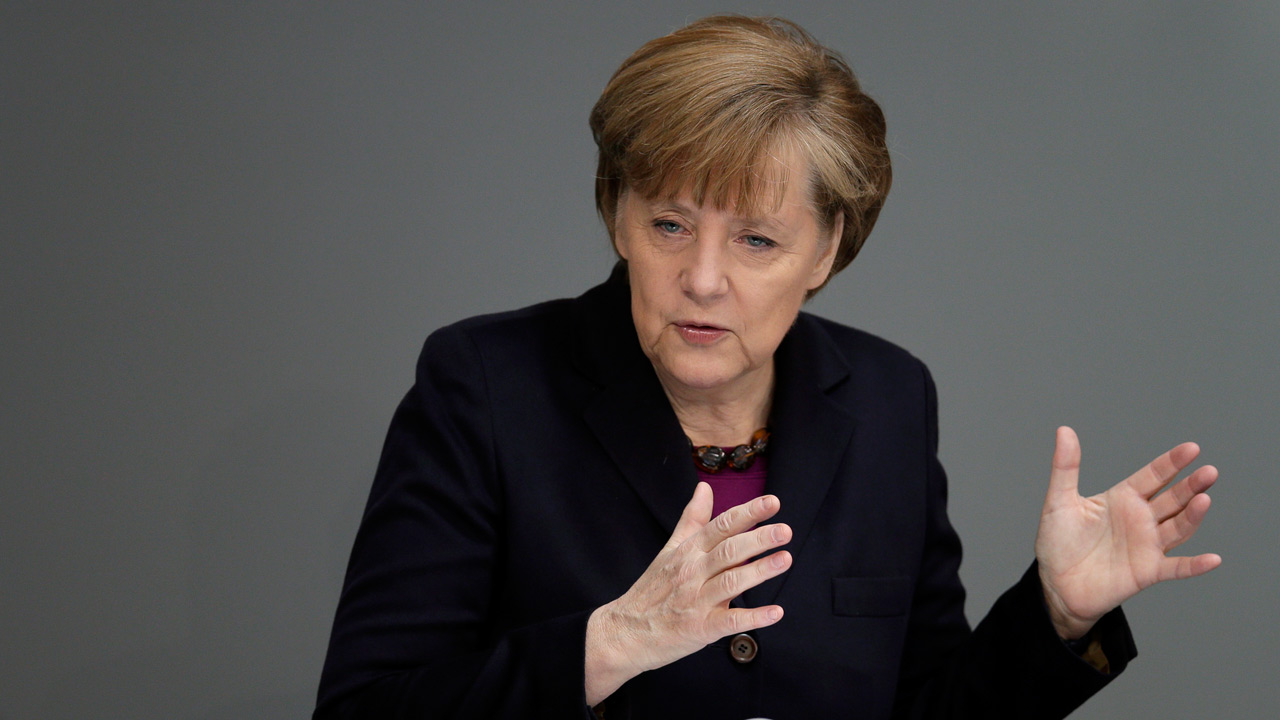
[authorbox authorid=”101″ title=”The Author”]
Turbulence. For those who were still wondering how the Chinese government describes the series of events that took place in Tiananmen Square thirty years ago, this word seemed a very simple and concise description. It was this description that General Wei Fei, Minister of Defense, shared on the eve of the anniversary of this tragic episode.
Through the comments of this regime’s dignitary it was clear that it is believed that the measures taken by the central government to put an end to that movement were “correct”. Yet, thousands of families still mourn the loved ones who disappeared on the 4th of June under the bullets and tanks of the regime. Some modern estimates say that almost 100 people died that day.
It is worth remembering that the leader of China at the time was none other than Deng Xiaoping, the “liberal” in opposition to Mao, who had removed Deng from power during the Cultural Revolution before reverting in the final years. Deng Xiaoping suffered from the repression of the Red Guards and his eldest son was thrown out a window of Peking University after being tortured by the Red Guard. It was Deng who, when Mao died in 1976, foresaw the possibility of an ideological change and a softening of the regime. It was he who, after several weeks of tension, gave the green light for the army to intervene. Or rather, invited them to the massacre.
It was Deng with the blood on his hands. We know the that the men and women, especially students, all hoped for nothing more than to create an opportunity for democracy after so many years of propaganda and repression. Their movement was meant to be peaceful, violence was not their strategy, it was out of place. But those they faced that day, with orders from their leaders did not care about peaceful protests or freedom to protest. The response from one the world will never forget.
After only a few weeks of hesitation, the green light was given to the so-called ‘People’s Liberation Army’, to literally crush the protesters into submission. For those who escaped the bullets and the tanks, thousands of arrests across the country took place, as the political leaders sought to diligently work to silence the “counter-revolutionary” elements.
The classic defence of the Chinese regime has resurfaced recently in response to the commemoration of the 30th Anniversary of the Tiananmen Square massacre. Officials claim “the economic growth of China was only possible thanks to the stability of the regime and the repression of all dissent”. In response to which our European and American leaders are still greedily lining up for the prospect of good business deals with Beijing. What does it matter if these same politicians are the ones who gave the order to “fire” on children, women and men marching for democracy? It doesn’t matter – they have dollars in their pockets! .
China, and its CCP have maintained firm control over communication channels and there will be no remembrance for Tiananmen victims. The regime will quickly quash the few recalcitrants who manage to pass the censorship barrier by quietly whisking them away to prison. While for the vast majority of the inhabitants, they do not feel the need to to speak out because they are simply not aware of what has happened.
In October 2016, the last prisoner directly involved in the “Beijing Spring”, Miao Deshun, was released after spending more than half of his life behind bars. His crime? Throwing a basket at a tank on 4 June 1989. He was first given a suspended sentence in August 1989, before being finally commuted to life imprisonment in 1991 which was again reduced to 20 years imprisonment seven years later.
Beaten and tortured by the guards, he now suffers from schizophrenia and, according to the testimonies, carries many physical marks of the ill-treatment he endured. This is the price of daring to dream of another China. The population of HongKong is now experiencing the reality of a move from a democratic state ruled by laws to an inhuman and unforgiving dictatorship, where Georges Orwell’s 1984 fiction is the model.



